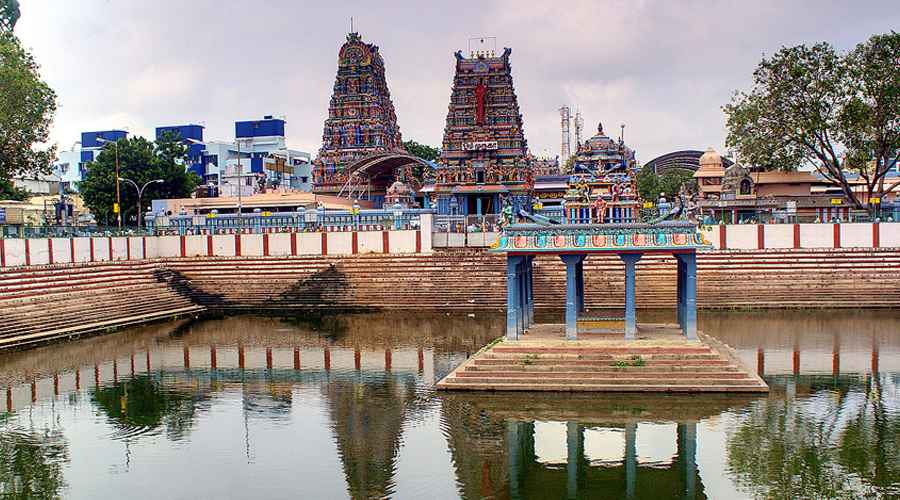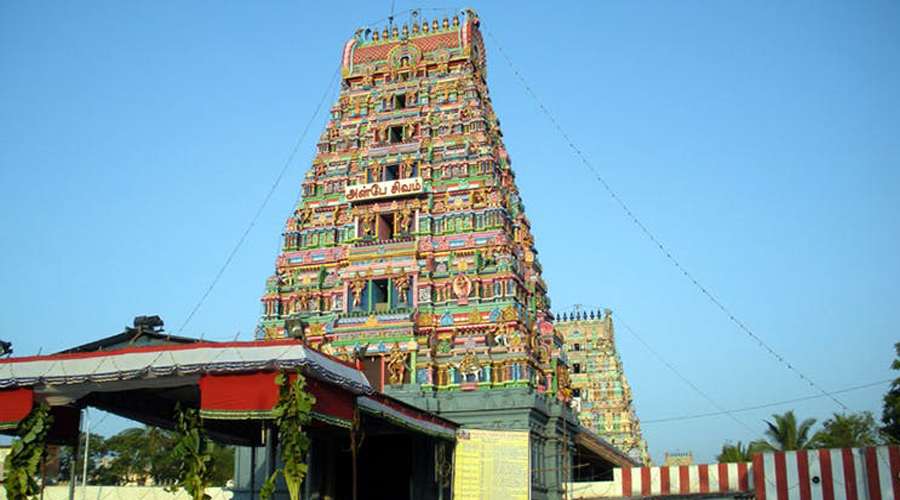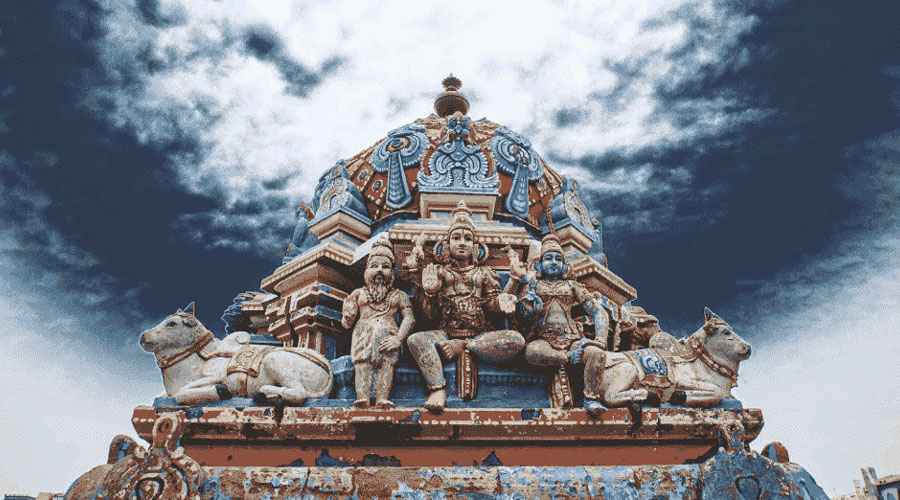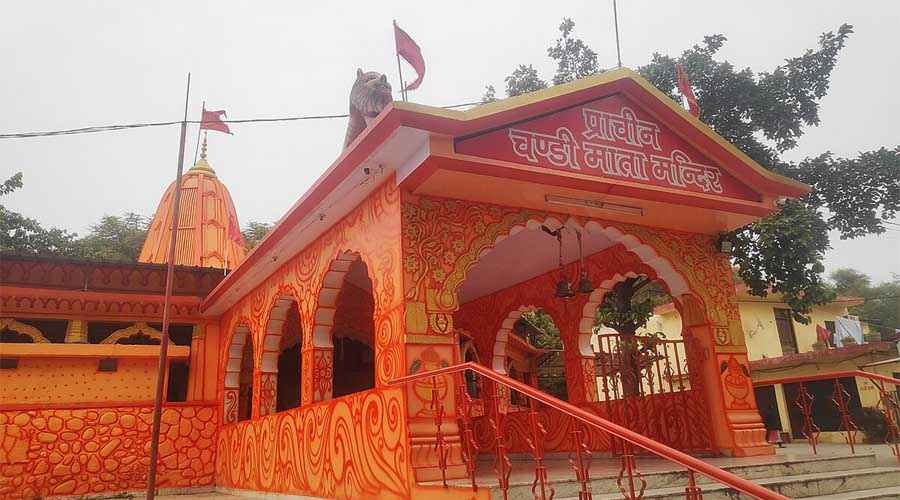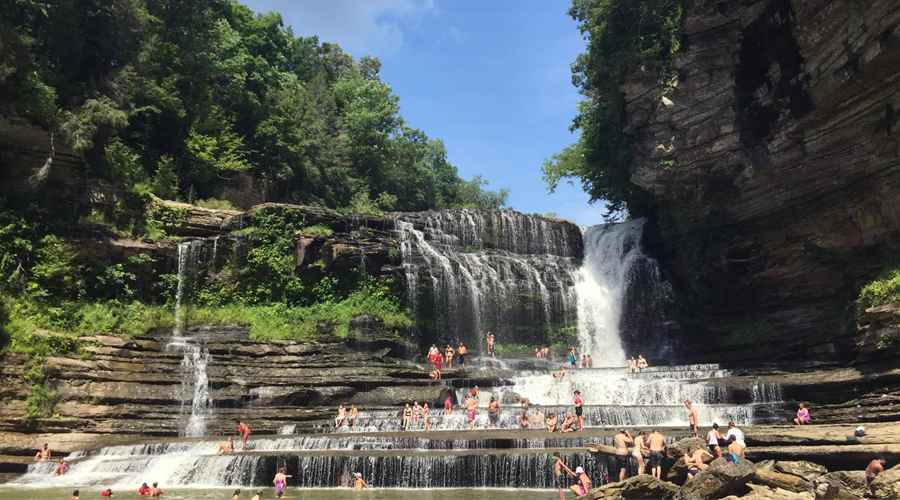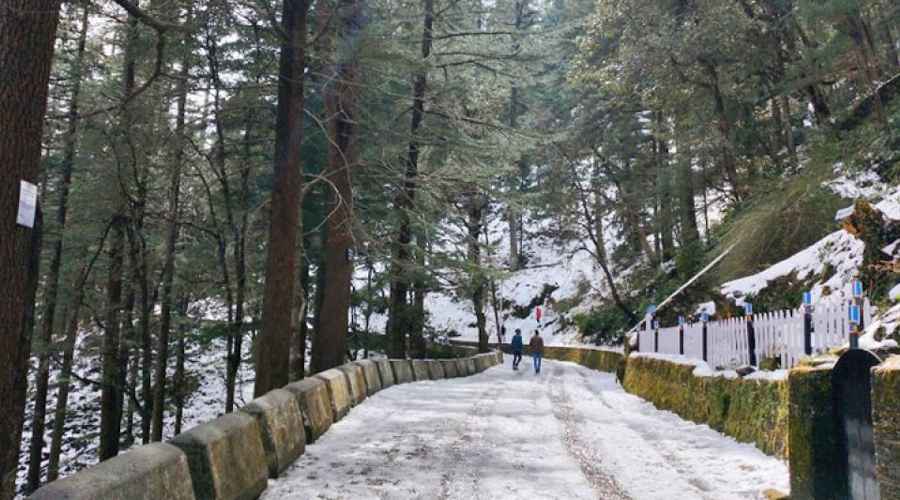Sri Vadapalani Andavar Temple in Chennai stands as one of South India’s prominent centers of devotion, culture, and social activity. Dedicated to Lord Murugan, this temple’s vibrant history and multifaceted traditions have secured its reputation as a spiritual powerhouse that has influenced not only religious life but also the socio-cultural landscape of the region.
Origins and Early History
The roots of Sri Vadapalani Andavar Temple trace back to the late 19th century. The origin story is profoundly entwined with the dedicated worship of Annaswami Nayakar, an ardent Murugan devotee who was tormented by chronic illness. In his quest for healing, Annaswami visited multiple Murugan shrines, braving physical hardship. It was divine intervention that redirected his search inward; a sage in his dream instructed him to worship Lord Murugan at home. This led Annaswami to set up a modest thatched hut, in which he installed a portrait of the deity and began daily prayers with deep conviction.
A significant spiritual milestone in the temple’s legend is Annaswami’s “Arul Vaakku,” or divine speech, which enabled him to address the hardships of devotees. The temple quickly gained popularity as word spread about Annaswami’s ability to provide spiritual solutions to life’s challenges—be it education, marriage, or health. This aspect solidified the temple’s identity as a haven for the troubled and as a place reputed for miraculous interventions.
Construction and Growth
By 1890, the grounds of Annaswami’s humble hut underwent transformation into a formal temple. His disciple Rathinasamy Chettiyar played a crucial role, carrying forward the legacy and overseeing the creation of the striking idol modeled after the deity at the famous Palani temple. Over successive generations, Annaswami’s descendants expanded the temple, adding grand features such as the rajagopuram (gateway tower), mandapam (hall), circumambulatory paths, and temple tank. These renovations mirrored the temple’s growing stature and the community’s faith in its spiritual efficacy.
Architectural Splendor
Vadapalani Andavar Temple is crafted along the lines of traditional South Indian temple architecture. Its massive rajagopuram at the entrance is adorned with vivid stucco images illustrating tales from the Skanda Purana—a testament to devotional artistry and storytelling. The eastern tower is especially notable, standing over 40 meters tall and depicting 108 Bharatanatyam dance gestures, seamlessly blending art, spirituality, and heritage.
Within, the sanctum houses the main idol of Murugan—a unique depiction in standing posture with footwear, a rare iconographic element symbolizing humility and service. His left foot is advanced, signifying the Lord’s idiosyncratic eagerness to come to the aid of his devotees. The temple’s extensive courtyards are punctuated with shrines for other deities: Varasiddhi Vinayaka (Ganesha), Chokkanathar (Shiva), Meenakshi Amman (Parvati), Kali, Bhairava, and Shanmuga with Valli and Deivanai. There’s also a distinct shrine for Angaaran (Mars), reinforcing the temple’s association with astrological and ritualistic powers.
A golden chariot, temple tank, and the sacred fig tree (Thala Vriksham), around which devotees pray for progeny, add to the temple’s spiritual landscape. The temple also provides spacious halls for conducting marriages and discourses, reflecting its role as a community center.
Rituals and Festivals
Sri Vadapalani Andavar Temple is renowned for its colorful and grand festivals, with Panguni Uthiram celebrated as the principal annual event. Devotees gather in thousands for elaborate processions, abhishekam (ritual bathing), classical music performances, and devotional dances, all of which intangibly preserve and transmit Tamil religious culture across generations. Maha Skanda Sashti and Vaikasi Visakam are also observed with immense enthusiasm, further emphasizing Murugan’s compassionate presence and his role as a bestower of boons.
A distinctive tradition in this temple is the performance of vows (vratams) such as Paalkavadi (carrying milk pots), Pushpakavadi, tongue piercing, tonsuring, and ear-piercing. These acts of devotion are carried out with hopes of receiving divine blessings and relief from hardships—a reflection of communal ties and sincere faith.
Social Impact and Modern Relevance
Vadapalani Andavar Temple’s legend as a problem-solving sanctuary continues to draw people facing life’s uncertainties. Its influence extends beyond religious spheres; it is one of India’s most sought-after venues for Hindu weddings, hosting as many as 7,000 marriages annually. The temple thus functions as both a sacred and social institution, shaping traditions and facilitating important community milestones.
The sanctuary remains open and vibrant throughout the year, maintained by diligent trustees, and accessible to thousands of locals and tourists. Its proximity to central Chennai ensures a constant influx of devotees seeking solace, healing, or simply a cultural experience.
Heritage and Symbolism
The spiritual ethos of Vadapalani Andavar Temple is defined by its promise of immediate blessings and the compassionate presence of Lord Murugan, reputed to resolve the devotees’ problems just as effectively as the distant shrine at Palani in southern Tamil Nadu. This tradition, along with unique iconography and elaborate festival culture, has made Vadapalani a beacon of faith for people unable to undertake arduous pilgrimages, emphasizing inclusiveness and accessibility.
In conclusion, Sri Vadapalani Andavar Temple embodies the convergence of devotion, legend, art, and social life. Its unbroken legacy of faith, miraculous interventions, and cultural extravaganza ensures its standing as an integral part of Chennai’s spiritual and cultural heritage—a place where the divine is always near, and every devotee is welcomed.
